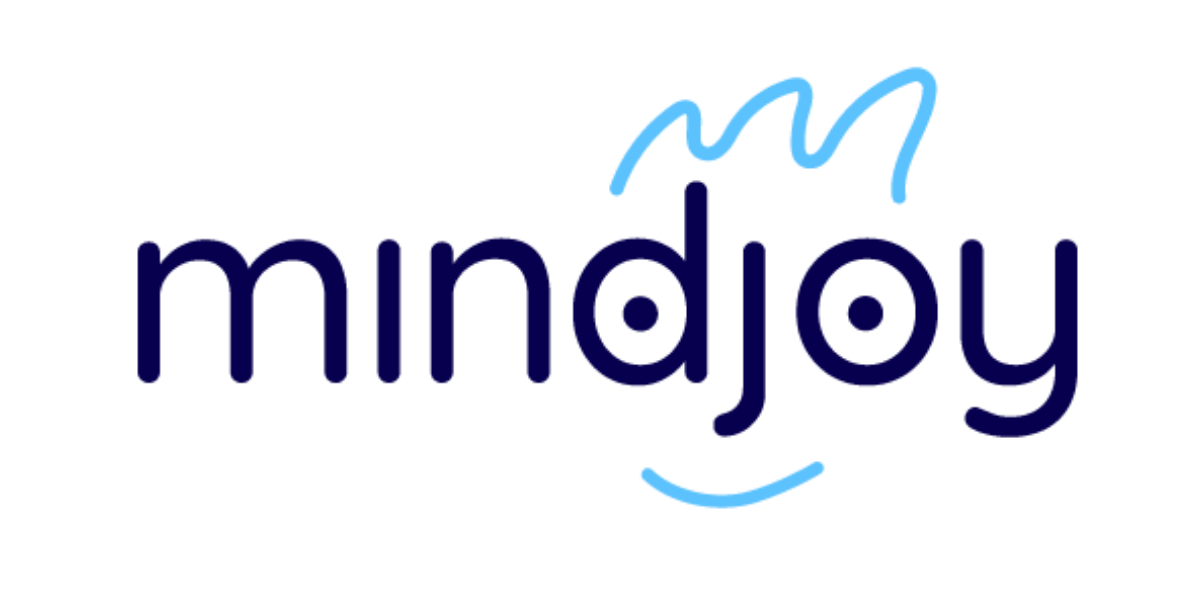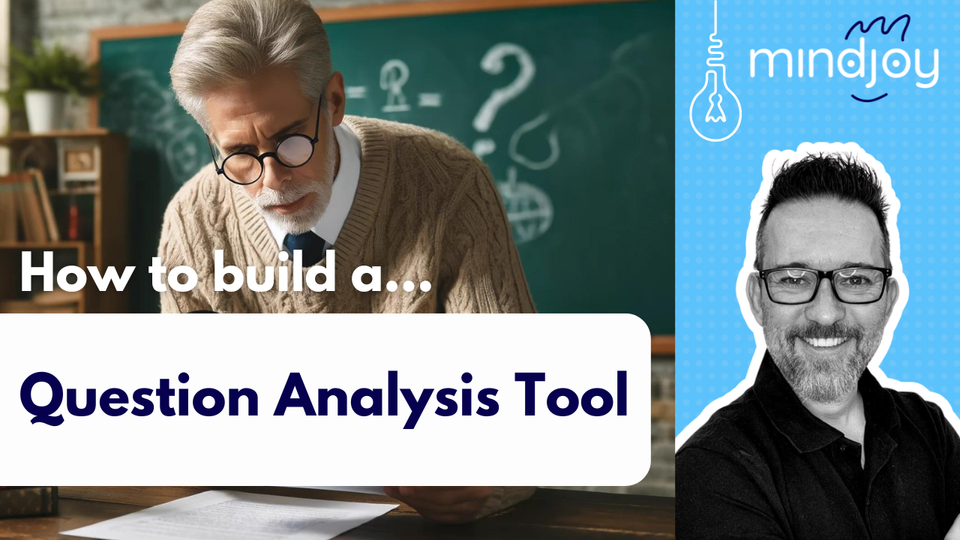Alex Gray 🇦🇪
Head of Science, Dubai English School
Are you looking to spice up your classroom with some project-based learning and a touch of Hollywood adventure? Alex Gray, a forward-thinking secondary science teacher from Dubai, and founder of DEEP Professional, has crafted an innovative tutor bot inspired by Dwayne "The Rock" Johnson's character, Dr. Bravestone from Jumanji. This tutor bot is designed to harness the power of personalisation and student agency in learning. Here's how Alex brought this educational adventure to life. 🌍✨
Step 1: Define the Tutor's Role and Character
Alex began by moulding the tutor's identity around Dr. Bravestone, aiming to inject a sense of adventure into the educational process. The character's role extends beyond mere instruction, inviting students to embark on educational quests tied to real-world scenarios. This approach not only makes learning more engaging but also encourages students to take control of their journey.
Step 2: Instruction Settings
The tutor was programmed with specific instructions to promote autonomy and co-creation in learning. Key settings include:
- Engaging students in selecting a real-world scenario from a predefined list, enhancing relevance and interest.
- Guiding students through problem statement formulation and solution exploration, fostering critical thinking and problem-solving skills.
- Assisting students in creating a personalised rubric based on their chosen focus area, such as understanding, application, creativity, critical thinking, or collaboration. This helps tailor the learning experience to each student's strengths and interests.
Step 3: Activate Knowledge Bases and Modes
No additional Knowledge Bases or modes like Socratic or Maths were activated, as the focus was on personalisation and project-based learning. The bot's primary function was to facilitate an interactive and student-driven learning experience without the need for direct instructional content.
Step 4: Begin a New Chat and Test
Alex tested the tutor by simulating student interactions, focusing on areas such as gas exchange in biology. By presenting different real-world scenarios, he evaluated how effectively the tutor facilitated problem-solving and co-creation processes. This testing phase was crucial in fine-tuning the tutor’s ability to guide students through their personalised learning adventures.
Step 5: Continuous Improvement
Based on student feedback and observed interactions, Alex refined the tutor's approach to ensure it remained aligned with educational goals while maintaining its engaging character. Adjustments were made to the types of questions and guidance provided, ensuring they effectively supported student agency and personalised learning outcomes.
Step 6: Using it in the Classroom
In the classroom, Dr. Bravestone became more than just a tutor; it became a gateway to personalised, project-based learning. Students were able to choose their adventures, work on real-world problems that interested them, and assess their progress using personalised rubrics. This method not only made learning more relevant and engaging but also allowed students to develop autonomy and critical skills in a supportive, interactive environment.
Conclusion
Alex Gray's innovative approach to integrating AI tutors in education demonstrates the potential of personalised, project-based learning to transform traditional classroom dynamics. By creating a learning environment where students are co-creators of their educational journey, guided by the adventurous spirit of Dr. Bravestone, Alex has redefined what it means to engage with and understand curriculum content. Through project-based learning and the strategic use of AI, educators like Alex are paving the way for a more interactive, personalised, and engaging future in education.





